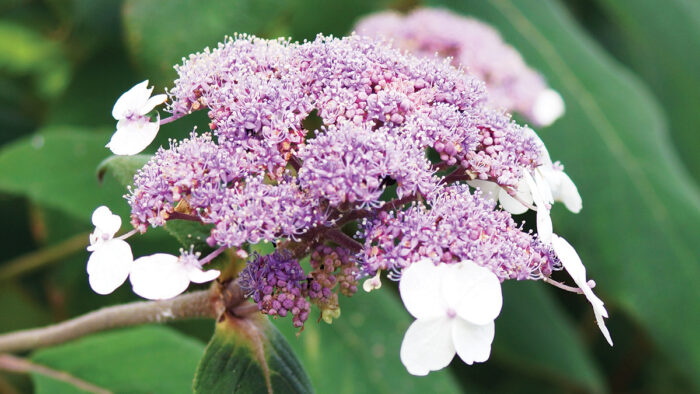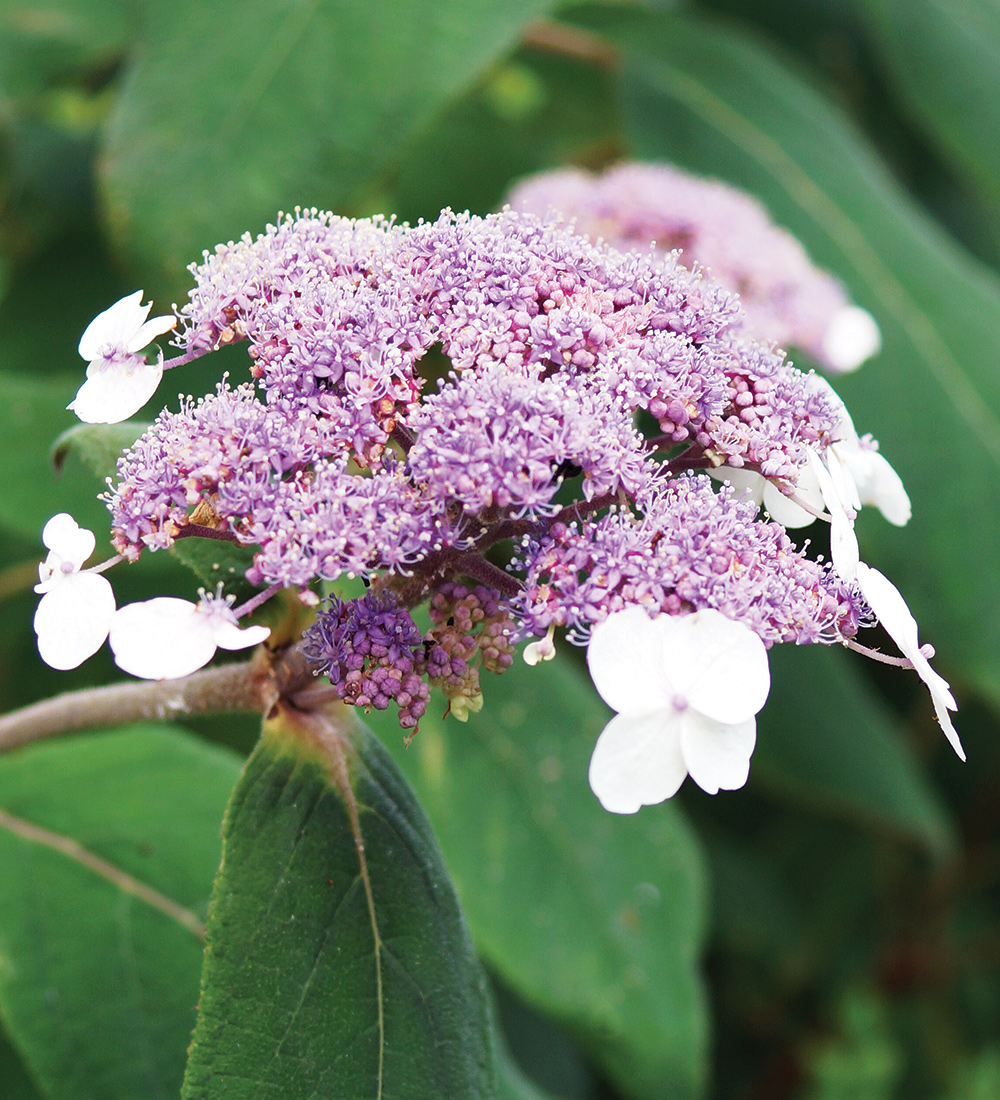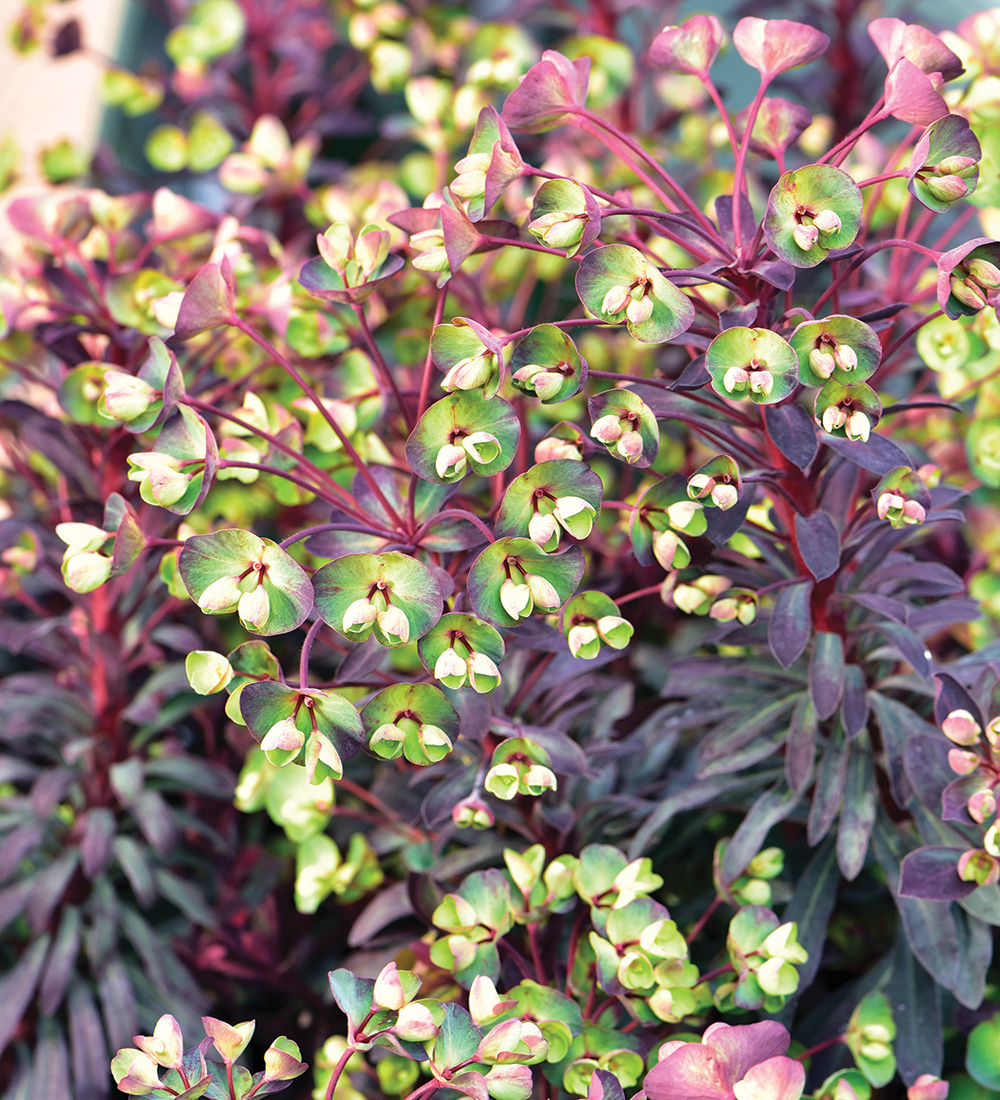
If you’ve run into a garden rut, we’ve got you covered. It’s time to start planning for your first trip to the local nursery or garden center. What plants will you need for a new garden area? Are you noticing a lack of excitement or color outside (we call this the mid-spring slump)? Just itching for an exciting new addition to a well-established bed? Now is the time to make a list of the perennials, shrubs, and/or trees that will fill those needs.
To help you make the best choices, we’ve asked regional garden experts to tell us what plants are on their spring shopping lists. These plants serve a range of purposes in the garden, but all are region-specific stars. From out-of-this-world flowers to show-stopping foliage and everything in between, discover fantastic plants that would be a welcome addition to any garden in the region.
Find great shopping-list plants for the Pacific Northwest below, and check out this comprehensive collection of articles to discover more springtime planting and planning inspiration.
1. Maidenhair spleenwort

Name: Asplenium trichomanes
Zones: 3–9
Size: 6 inches tall and 10 inches wide
Conditions: Full to partial shade; rich, moist, well-drained soil
Native range: Temperate regions of North America, Central America, Europe, and Asia
I first saw this native fern growing out of a crack in a garden wall on the shores of Lake Washington. It seems hard to believe that this delicate little plant could survive in such harsh conditions, but it can. If you are tucking it into a crevice, start with a small plant and make sure there is a pocket of well-drained soil available where the roots can grow. Water it well for at least one season to help it get established, and after that it should be quite drought tolerant. As its fronds elongate, the lacy texture of this fern will emerge. It is the perfect plant to soften the look of a stone staircase or the face of a stone wall, adding a woodland charm and romance to seemingly inhospitable spots.
2. Rough leaf hydrangea

Name: Hydrangea aspera
Zones: 7–9
Size: 12 feet tall and 10 feet wide
Conditions: Partial shade; rich, moist, well-drained soil
Native range: Himalayas, southern China, Taiwan
This shade-loving hydrangea is always on my shopping list because it keeps me mesmerized all year long. The velvety, ovate leaves almost glow as they emerge fresh in spring and will grow up to 10 inches long. Starting in midsummer, rough leaf hydrangea produces pretty, pale purple-blue flowers that appear to hover above the foliage like flying saucers. After the leaves drop in fall, the attractive, cinnamon-colored, peeling bark entertains throughout winter. I let mine grow tall and prune at the base to achieve a narrower vase shape that is perfect for screening in my city garden. This elegant shrub looks even better with a carpet of ‘Everillo’ sedge (Carex oshimensis ‘Everillo’, Zones 5–9) growing at its base.
3. Tufted hair grass

Name: Deschampsia cespitosa
Zones: 4–9
Size: 2 to 3 feet tall and 1 to 2 feet wide
Conditions: Partial shade; fertile, average to moist, well-drained soil
Native range: North America, South America, Eurasia
This clump-forming native is extremely useful for shady, moist spots where many other grasses will not thrive. In the wild it grows along streambanks, but it can also take periods of drought. Its fine foliage creates a low tussock from which sheer flower stalks emerge in early summer, topped with fine, fluffy seed heads. A mass planting is stunning when backlit by morning or evening sun, and a small grouping creates a nice foil for flowering perennials such as Culver’s root (Veronicastrum spp. and cvs., Zones 3–8) and milkweed (Asclepias spp. and cvs., Zones 3–9). Don’t cut it back too close to its crown; instead, leave a skirt of foliage for butterfly larvae to use as habitat and as a food source.
4. Miner’s Merlot wood spurge

Name: Euphorbia ‘KM-MM024’
Zones: 6–9
Size: 1 to 2 feet tall and wide
Conditions: Full sun to partial shade; dry to medium, well-drained soil
Native range: Hybrid
I often like to include burgundy in my garden designs, and it is difficult to find plants with this kind of sophistication that look good for most of the year. Miner’s Merlot has deep, rich, raspberry-colored leaves that develop olive tones in summer and then change back to deep burgundy as temperatures drop at season’s end. The bright yellow flowers and chartreuse brachts (pictured) pop out against the dark matte foliage in late summer, contributing another delightful color note. I like to combine this plant with orange, white, and magenta-colored flowers in a dry spot. It also pairs well with ornamental grasses.
Lisa Bauer is an award-winning horticulturist and landscape designer in Seattle.


















Comments
Log in or create an account to post a comment.
Sign up Log in